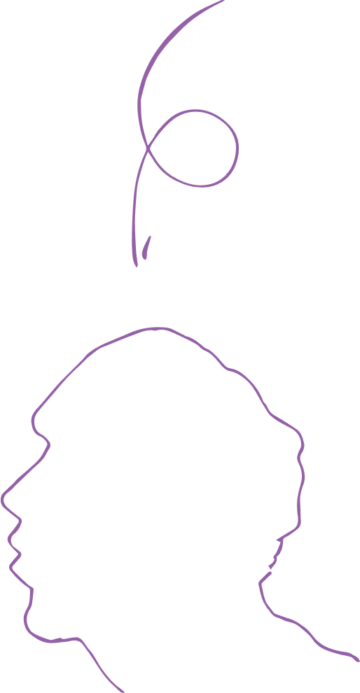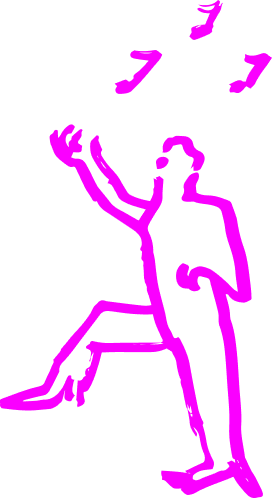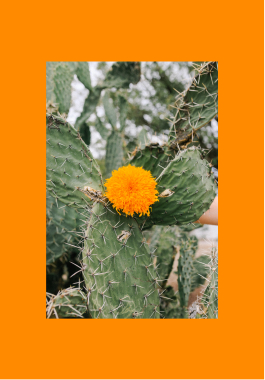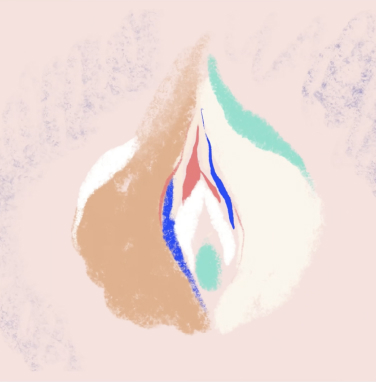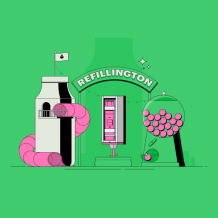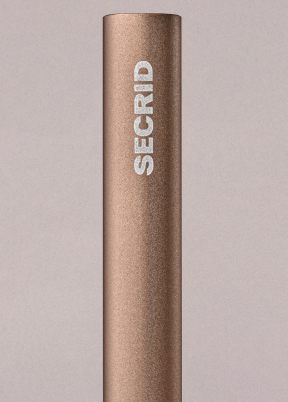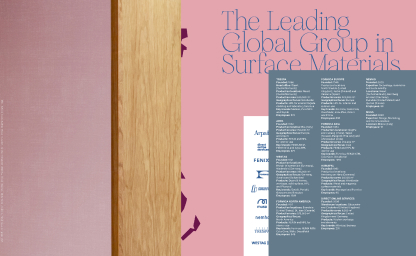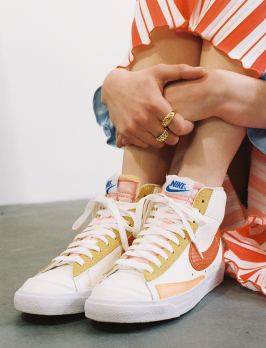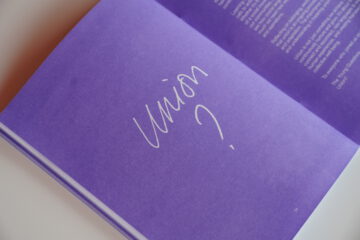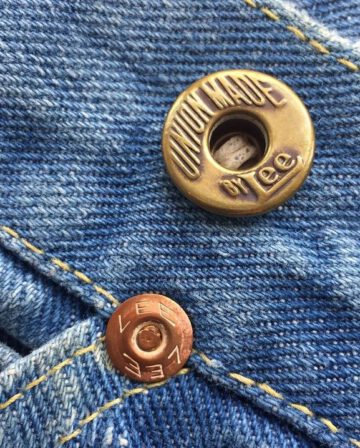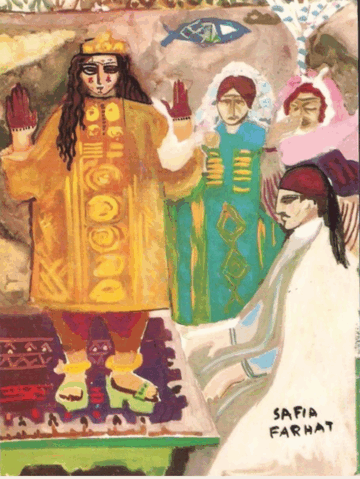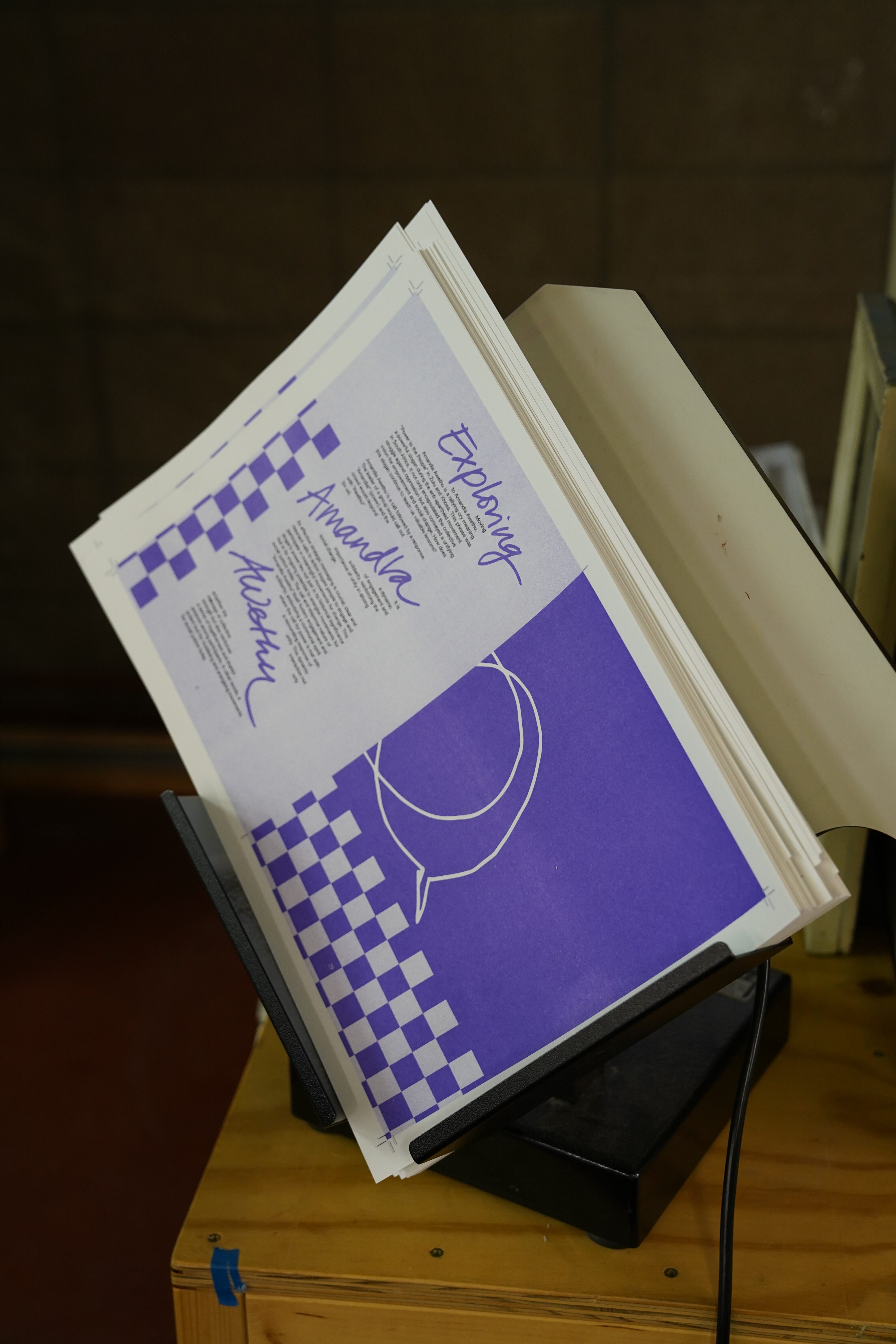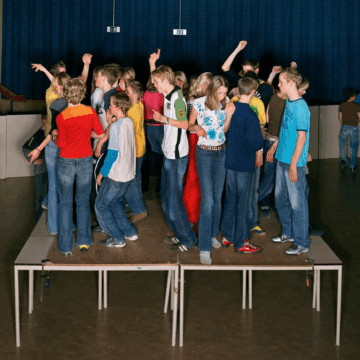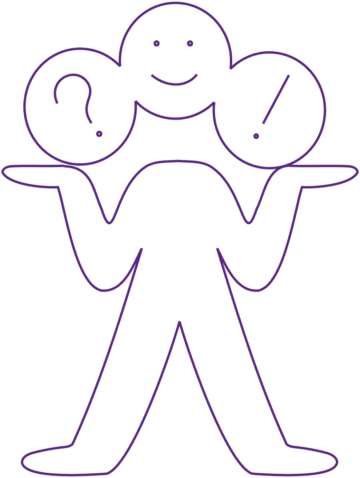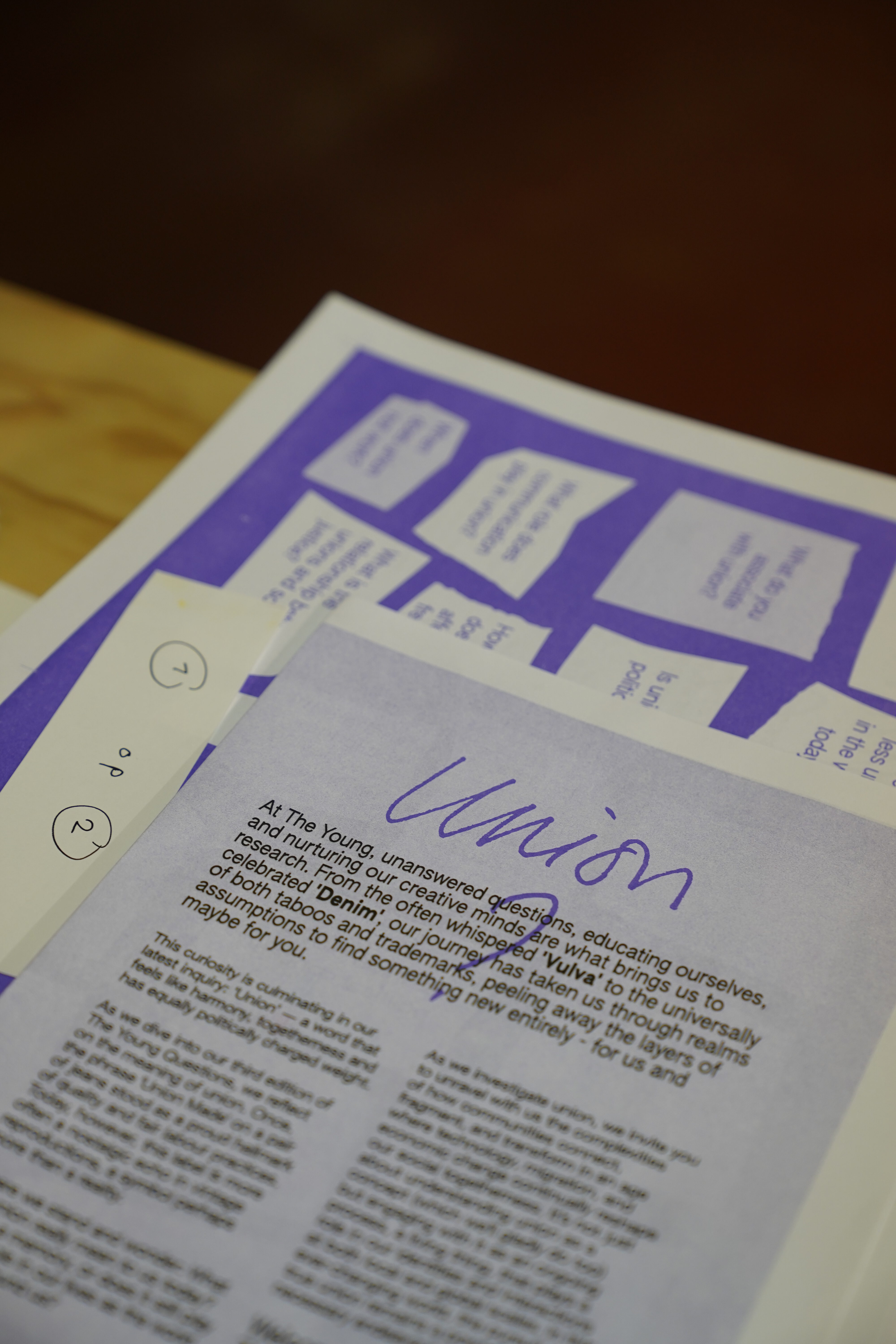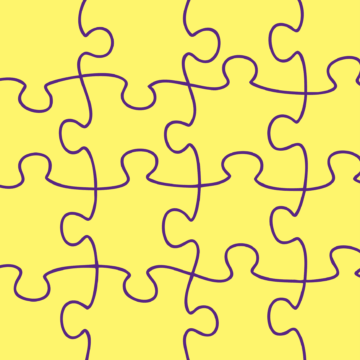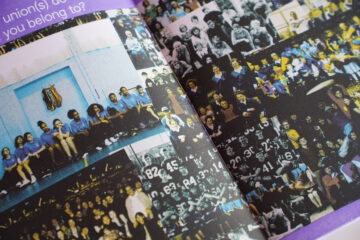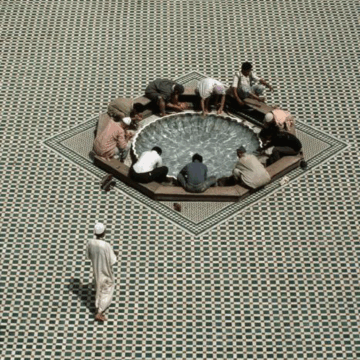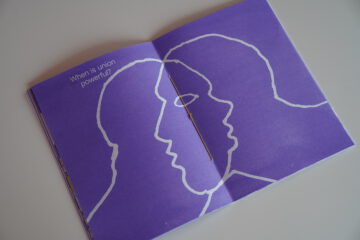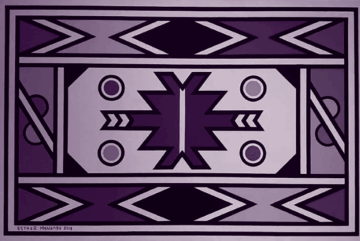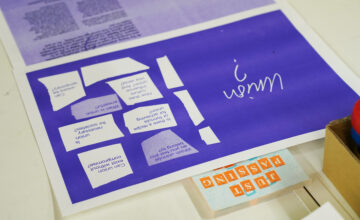What does union really mean to us today? Is union a political concept, a system, a feeling, a necessity? What do you associate with union? Which union(s) do you feel you belong to? When is union powerful? When is it fragile? When does it fail? Can you feel free and still be part of something bigger? Is union something we need to survive?
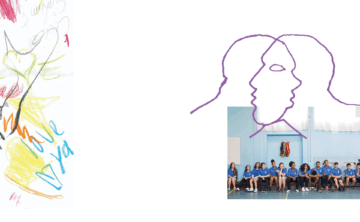
- Authenticity
- New Language
- Togetherness
- Individuality
- Connection
- Re-Union
- Dialogue
- Authenticity
- New Language
- Togetherness
- Individuality
- Connection
- Re-Union
- Dialogue
- Authenticity
- New Language
- Togetherness
- Individuality
- Connection
- Re-Union
- Dialogue
- Authenticity
- New Language
- Togetherness
- Individuality
- Connection
- Re-Union
- Dialogue
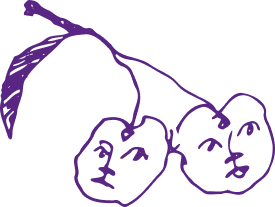


Once the phrase ‘Union Made’ on a pair of jeans stood as a proud hallmark of quality and fair labour practices. Today, however, this label is more often a nostalgic echo in vintage reproduction, a symbol perhaps more than a reality. Our third publication is called ‘The Young Question Union.’

Our approach wasn’t about finding a single expert to tell us what union is. It was about gathering voices that often aren’t heard. From gamers to mayors, therapists to twins, we invited 35 people to reflect on union through the lens of their daily lives. Some answered with poetry. Some with hesitation. A few said no, cautious of how easily brands turn community into content. We get that. We’ve felt it too.
Because in a world where connection is so easily packaged and sold, real union takes something else: vulnerability, time, and trust. That’s why we returned to our roots: starting conversations on WhatsApp.
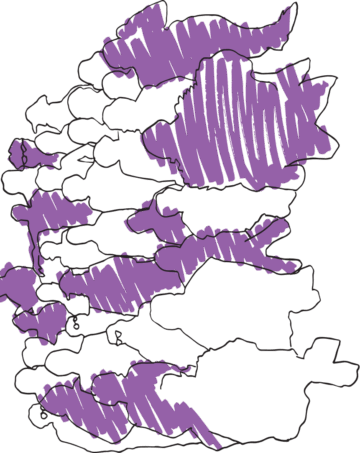
Union isn’t always loud. It doesn’t always come with labels or official names. Often, it lives in the everyday connections people make. In families, classrooms, artist collectives, orchestras, shared experiences, or the soft solidarity of parenting alongside others.
For some, union is found in neurodiverse circles of care. For others, it appears in the trust between colleagues, in shared meals, or in the steady work of showing up for youth. Though often quiet, union is built on trust, empathy, and shared purpose, and it brings a sense of warmth, safety, and acceptance. It’s rarely just one thing. Union can be layered, shifting, accidental.
This experience of union reflects a deeper human need and acts as a creative force. It helps people move forward together in ways they can’t when alone. The spirit of “Ubuntu”—“I am because we are”—captures this idea of mutual care. Union is strongest when trust flows both ways and becomes visible in collective efforts, especially when things get hard. In this way, union is not fixed but a flexible process shaped by those who choose to belong.
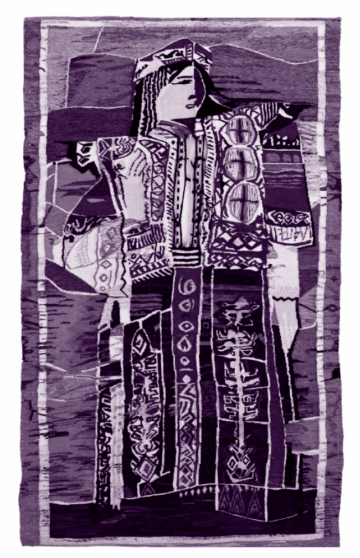

Union isn’t without its challenges. It can falter when there’s no room to be yourself. When it turns into performance. When it excludes more than it includes. Some people shared stories of being reduced to a label, like being called “the twins”, as if individuality had no place in togetherness. Others talked about labor unions or collective groups that didn’t feel supportive or effective, highlighting that union isn’t always straightforward.
Still, for many, union is not hard to feel; just hard to name. We reach for words and find them too stiff, too formal, too tied to politics or institutions. They don’t fully capture what union means. Cultural theorist Stuart Hall once said, “People need language to speak about where they are —and about what other futures are possible.”
Maybe that’s the problem. Maybe we’re missing the right words. Maybe it’s time to find a new way to talk about togetherness. One that feels closer to how we live it.

Throughout this journey, new words, or new ways of using old ones, began to surface.
Some came from conversations.
Some from observation.
Some simply appeared, like language trying to catch up with experience.
→ A group grows
→ Finding togetherness
→ Binding element
→ Group cultivate rituals/ language/ ideas
→ Initiating groups
→ A sense of belonging
→ (un)natural belonging
→ Open structure
→ Serving leadership
→ Belonging = Exclusion
→ Union, a necessary skill
→ The group trusts back
→ Shared ambition
→ A myriad of tribes
→ Solidarity and union are actions
→ Forming a whole
→ A place within union
→ Common ground


Our researcher brought the inquiry to Tunisia through a workshop hosted by (A)WAKE, a cultural platform that bridges North Africa and Europe. The gathering was called Jossour, Arabic for bridges.
And bridges it built: between people, places, and histories.
A moment of reunion, personal, collective, and imagined.
Drawing inspiration from Fanon’s liberation theory and the creative legacy of Pan-Africanism, this union transcended mere proximity. It unfolded as an invitation to reconnect, to rebuild, and to reimagine what togetherness can truly mean.
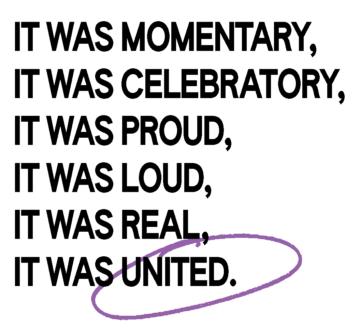


At The Young, our purpose isn’t to arrive at a single final answer. We seek deeper understanding. Not by holding tight, but by paying attention. By listening. By asking. By staying with the discomfort of not knowing. For us, union doesn’t come from control. It comes from presence. For us, dialogue is not debate; it is standing side by side. Curious. Open. In motion.
This is how we carve out space—space for understanding, for genuine connection, and for meaningful change.
Union, like dialogue, is a practice—one we continually learn, together.
